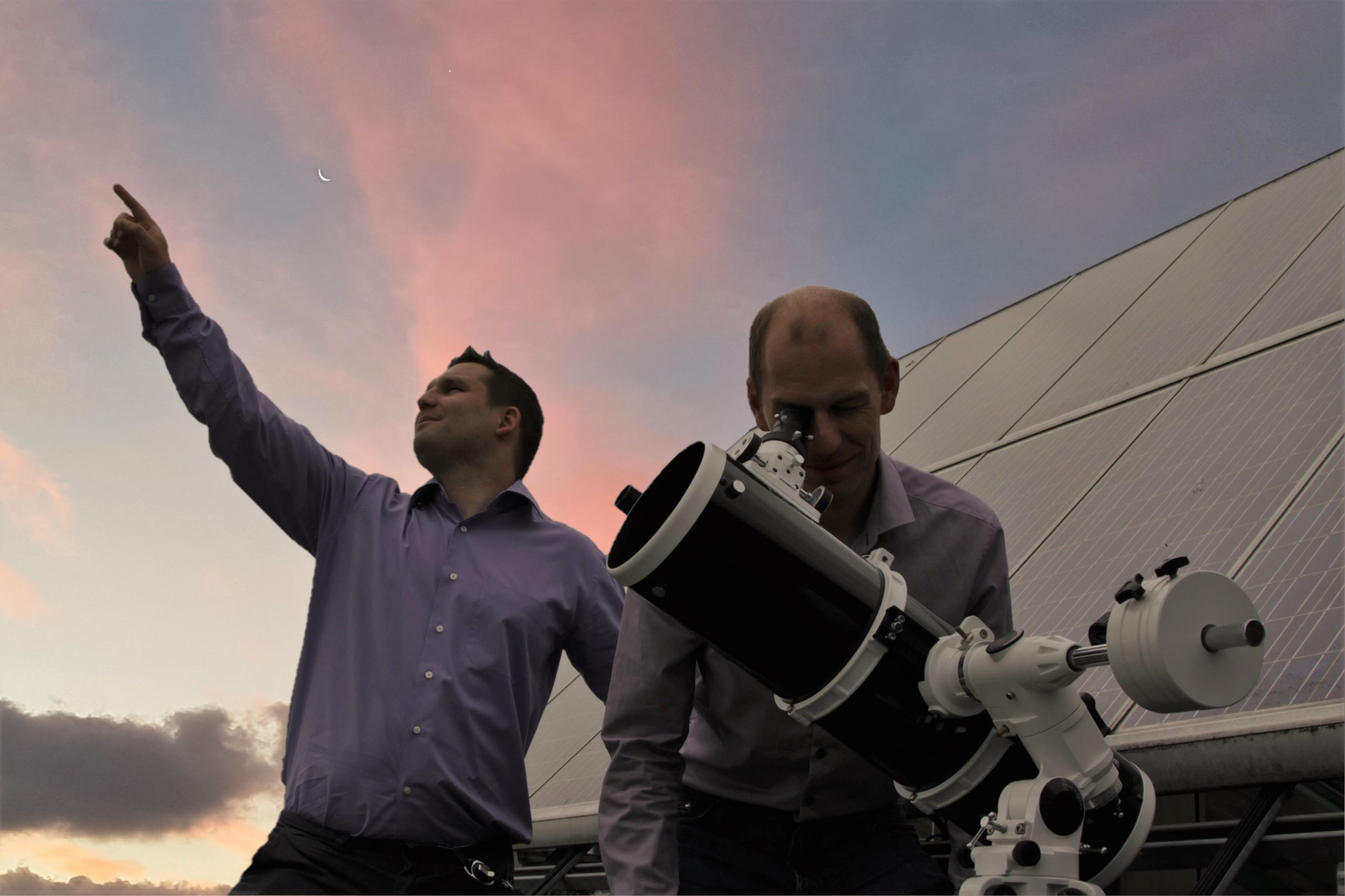NASA sends solar cells from Emmerthal piggybacking on the International Space Station through space.
Admittedly, she is rather unknown to the public, but she is the first Emmerthal native to travel around Earth in space, and that for six months. Her place is on the back of the International Space Station ISS – International Space Station. Her name is „POLO Solar Cell“. POLO is the English abbreviation for „polycrystalline silicon on oxide“ and describes the solar cell technology developed at the Institute for Solar Energy Research. So when the researchers at ISFH search the sky with a telescope these days, they are not counting sheep, but looking for their POLO solar cell.
The reason for this trip is the increasing importance of satellite technology worldwide. Via satellite, the Internet could be brought to the farthest corners of the earth. The energy required by the satellites is supplied by solar cells. But how do such cells behave under the inhospitable conditions in space – extreme temperature differences, irradiation with high-energy particles and photons? POLO’s journey is intended to help answer this question.
POLO is one of the best silicon-based solar cells in the world and flies not alone, but in tandem with an equally highly efficient gallium indium phosphide solar cell from the National Renewable Energy Laboratory (NREL) in Golden, Colorado. What is a tandem cell? „A tandem cell is a combination of different types of solar cells, each of which is able to utilize a certain portion of the sunlight particularly efficiently. In this way, the entire radiation energy is used even more efficiently than in solar cells with only one absorber material,“ explains Prof. Dr. Robby Peibst, head of the Emergent Solar Cell Technologies group at ISFH.
Well-established cooperation across the pond
NREL and ISFH can look back on several years of successful cooperation in the field of tandem solar cells. Currently, NREL is coordinating a research project funded by the US Department of Energy, in which ISFH is providing the silicon cells with support from the German Federal Ministry of Economic Affairs and Energy. Together with solar cells from other laboratories and R&D departments (Colorado School of Mines, SolAero, CSEM, Alta Devices and SunPower), the German-American duo was handed over to the American National Aeronautics and Space Administration (NASA), which attached them to the outer hull of the ISS and is now testing them there for 6 months under space conditions.
„The start of this experiment is a ray of hope in this extraordinary time. It is also an example of how well the scientific cooperation between America and Germany is working, and of the top international level at which ISFH works. We would like to thank NREL for the good cooperation, and NASA and the funding agencies for this unique opportunity“, says Prof. Dr. Robby Peibst.
By the way, the NASA website shows where the NREL/ISFH tandem cell is currently located with the ISS (or vice versa) and when it can be observed from northern Germany.
A video of the launch and background information on the „SpaceX CRS-20“ mission is linked here: https://youtu.be/CAacLfMhUvE
About ISFH and POLO Technology
ISFH currently has 155 employees in two departments developing innovative technologies for the use of solar energy. The department of photovoltaics develops new industry-oriented solar cell technologies such as the POLO technology described here and highly efficient industrializable photovoltaic modules. ISFH is a member of the Research Association for Renewable Energies (FVEE) and the Zuse Community as well as an affiliated institute of the Leibniz University of Hannover.
The development of POLO technology at ISFH is carried out in close cooperation with the Institute for Materials and Components of Electronics (MBE) of Leibniz University. It was financially supported by the Federal Ministry of Economic Affairs and Energy (BMWi), the European Commission and the State of Lower Saxony.[:]

